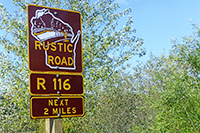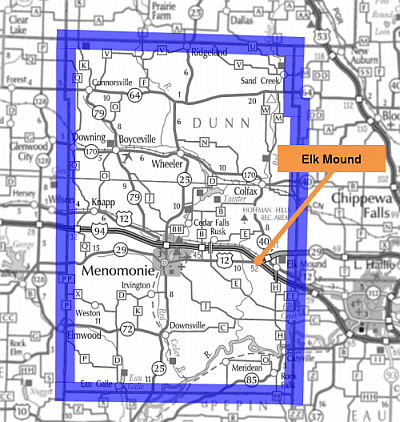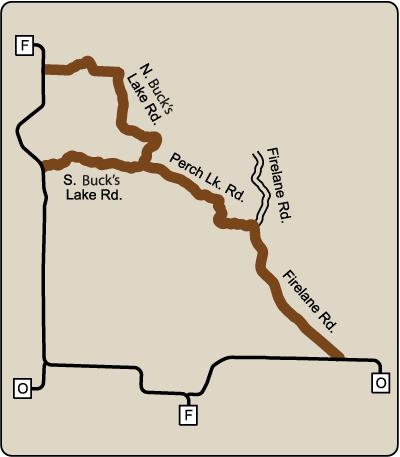

Monday, Tuesday, Thursday, FridayĮllsworth (Limited access for persons with a disability.)įlorence (Full access for persons with a disability.)Ĭounty Resource Center – back entrance/lower level conference roomġ0:30 a.m.–2:30 p.m.

Monday, Tuesday, Wednesday, FridayĮlkhorn (Full access for persons with a disability.)Ĩ:45 a.m.–4:45 p.m. 3rd Wednesday in January, March, May, July, September and NovemberĮau Claire (Full access for persons with a disability.)Ĩ:45 a.m.–4:45 p.m. Douglas St.ĭurand (Full access for persons with a disability.)Įagle River (Full access for persons with a disability.) 2nd Wednesday in February, April, June, August, October and Decemberĭodgeville (Limited access for persons with a disability.)Īmerican Legion Hall - 322 N. 12:45 p.m.) – 3rd Thursdayĭarlington (Limited access for persons with a disability.)ħ:45 a.m.–4:30 p.m. 4th Wednesday in February, April, June, August, October and DecemberĬrandon (Full access for persons with a disability.)ĩ:45 a.m.–3:30 p.m. MainĬochrane (Limited access for persons with a disability.)Ĩ:15 a.m.–4 p.m. 3rd ThursdayĬlintonville (Full access for persons with a disability.)įox Valley Technical College - 525 S. 2nd Thursday in February, April, June, August, October and DecemberĬhilton (Full access for persons with a disability.)Īs of January 1, the Chilton service center hours will change to 9:45 a.m.–3:30 p.m. Disabled parking identification cards are also available at this site.)īerlin (Limited access for persons with a disability.)īlack River Falls (Limited access for persons with a disability.)īoscobel (Full access for persons with a disability.)Ĩ a.m.–4:30 p.m. (Temporary plates available &mdash You should arrive at least 15 minutes prior to closing time to ensure that there is time to issue plates. (Temporary plates available - You should arrive at least 15 minutes prior to closing time to ensure that there is time to issue plates.)īeloit (Full access for persons with a disability.)Ĩ:30 a.m.–4:15 p.m. Every Tuesday and 1st and 3rd Wednesdayīeaver Dam (Full access for persons with a disability.)Ĩ:30 a.m.–4:15 p.m. 4th Wednesday in January, March, May, July, September and Novemberīaraboo (Full access for persons with a disability.)ħ:45 a.m.–4:30 p.m.

1st, 2nd, 5th WednesdayĪugusta (Full access for persons with a disability.)Ĩ a.m.–12 p.m. Disabled parking identification cards are also available at this site.)Īshland (Full access for persons with a disability.)ħ:15 a.m.–5:15 p.m.

(Temporary plates available - You should arrive at least 15 minutes prior to closing time to ensure that there is time to issue plates. Monday, Tuesday, Fridayĩ a.m.–5:30 p.m. Every Wednesday and FridayĪppleton (Full access for persons with a disability.)Ĩ:30 a.m.–4:30 p.m. 1st, 3rd TuesdayĪntigo (Full access for persons with a disability.)Ĩ:30 a.m.–4:15 p.m. 1st, 2nd, 4th WednesdayĪmery (Full access for persons with a disability.)Īs of January 2, 2007, the Amery service center hours will change to 8: 45 a.m.–4 p.m. Manufacturers operating in or near one of Wisconsin’s three FTZs can benefit from the deferral, reduction or elimination of taxes on their imported goods.Abbotsford (Full access for persons with a disability.)Īlgoma (No easy access for persons with a disability.)Ĩ a.m.–4:30 p.m. location, but are ultimately destined for a foreign market either as-is or after some value has been added. Foreign Trade Zones (FTZ)Īn FTZ is created when goods are imported into a U.S. Throughout Wisconsin, air traffic takes off from eight commercial airport locations, linking us to every point in the nation within one business day. Commodities travel to and from our commercial cargo ports along the Mississippi River, Lake Michigan and Lake Superior. Uniquely situated on some of the nation’s greatest waterways, Wisconsin ships 40 million tons of freight each year. Rail traffic throughout Wisconsin continues to grow, moving more than $122 billion in freight each year and creating a seamless link to the nationwide intermodal system. Wisconsin’s extensive transportation network relies on nine major highways covering more than 11,800 miles (18,990 km) to move our goods to market and connect us to major industrial cities throughout the Midwest.


 0 kommentar(er)
0 kommentar(er)
